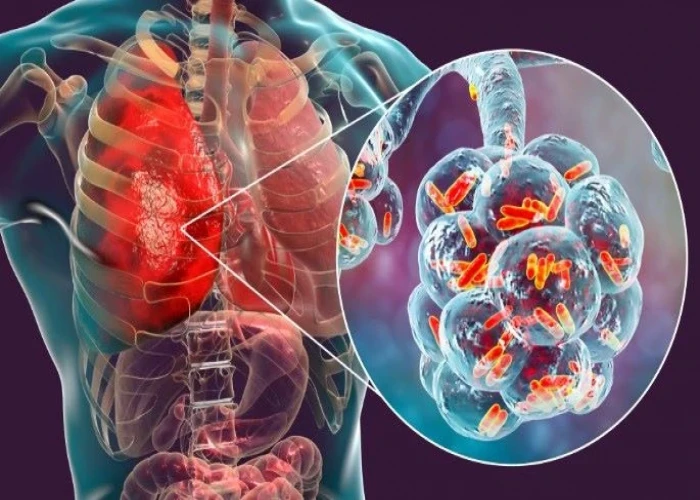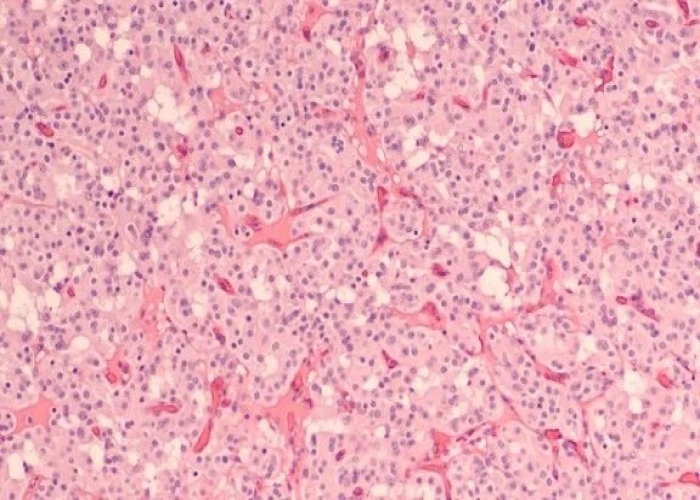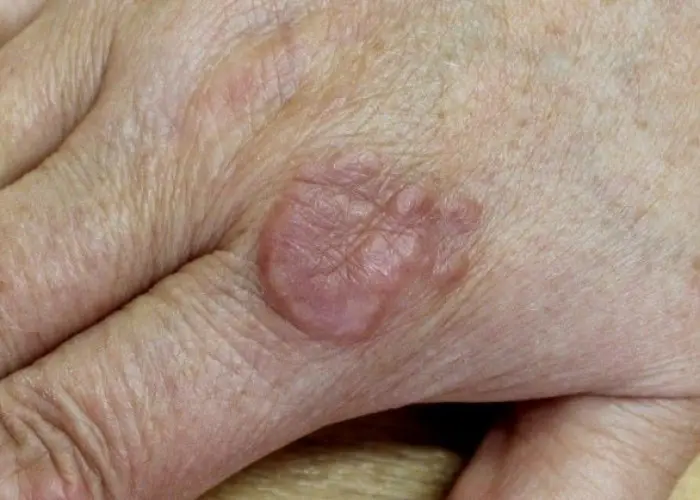 Welcome
Welcome
“May all be happy, may all be healed, may all be at peace and may no one ever suffer."
Osteomyelitis

Osteomyelitis is a serious bone infection that can occur in any bone in the body, although it most commonly affects the long bones in the arms and legs, the spine, and the pelvis. It is usually caused by bacteria or other pathogens that enter the bone through a wound or infection elsewhere in the body, such as a skin infection or a urinary tract infection.
Symptoms of osteomyelitis may include:
- Pain and tenderness in the affected bone
- Swelling, warmth, and redness around the affected area
- Fever, chills, and sweating
- Fatigue and general malaise
- Restricted movement of the affected limb or joint
Diagnosis of osteomyelitis may involve a physical exam, blood tests to check for signs of infection, and imaging tests such as X-rays, CT scans, or MRI scans to evaluate the affected bone and surrounding tissues.
Treatment of osteomyelitis typically involves a combination of antibiotics and surgical intervention to remove any infected tissue or bone fragments and promote healing. In some cases, a bone graft may be necessary to replace any bone that has been removed.
Prevention of osteomyelitis may involve proper wound care to prevent infections, particularly in people with weakened immune systems or diabetes, who are at increased risk of developing osteomyelitis. It is also important to promptly seek medical attention for any signs of infection or bone pain, particularly if there is a known risk of osteomyelitis.
Research Papers
Disease Signs and Symptoms
- Fever
- Fatigue (Tiredness)
- Swelling, warmth and redness over the area of the infection
Disease Causes
Osteomyelitis
Most cases of osteomyelitis are caused by staphylococcus bacteria, types of germs commonly found on the skin or in the nose of even healthy individuals.
Germs can enter a bone in a variety of ways, including:
- The bloodstream. Germs in other parts of your body — for example, in the lungs from pneumonia or in the bladder from a urinary tract infection — can travel through your bloodstream to a weakened spot in a bone.
- Injuries. Severe puncture wounds can carry germs deep inside your body. If such an injury becomes infected, the germs can spread into a nearby bone. Germs can also enter the body if you have broken a bone so severely that part of it is sticking out through your skin.
- Surgery. Direct contamination with germs can occur during surgeries to replace joints or repair fractures.
Disease Prevents
Osteomyelitis
If you've been told that you have an increased risk of infection, talk to your doctor about ways to prevent infections from occurring. Reducing your risk of infection will also help your risk of developing osteomyelitis.
In general, take precautions to avoid cuts, scrapes and animal scratches or bites, which give germs easy access to your body. If you or your child has a minor injury, clean the area immediately and apply a clean bandage. Check wounds frequently for signs of infection.
Disease Treatments
The most common treatments for osteomyelitis are surgery to remove portions of bone that are infected or dead, followed by intravenous antibiotics given in the hospital.
Surgery
Depending on the severity of the infection, osteomyelitis surgery may include one or more of the following procedures:
- Drain the infected area. Opening up the area around your infected bone allows your surgeon to drain any pus or fluid that has accumulated in response to the infection.
- Remove diseased bone and tissue. In a procedure called debridement, the surgeon removes as much of the diseased bone as possible and takes a small margin of healthy bone to ensure that all the infected areas have been removed. Surrounding tissue that shows signs of infection also may be removed.
- Restore blood flow to the bone. Your surgeon may fill any empty space left by the debridement procedure with a piece of bone or other tissue, such as skin or muscle, from another part of your body.
- Sometimes temporary fillers are placed in the pocket until you're healthy enough to undergo a bone graft or tissue graft. The graft helps your body repair damaged blood vessels and form new bone.
- Remove any foreign objects. In some cases, foreign objects, such as surgical plates or screws placed during a previous surgery, may have to be removed.
- Amputate the limb. As a last resort, surgeons may amputate the affected limb to stop the infection from spreading further.
Medications
A bone biopsy will reveal what type of germ is causing your infection so your doctor can choose an antibiotic that works well against that type of infection. The antibiotics are usually administered through a vein in your arm for about six weeks. An additional course of oral antibiotics may be needed for more-serious infections.
If you smoke, quitting smoking can help speed healing. It's also important to take steps to manage any chronic conditions you may have, such as keeping your blood sugar controlled if you have diabetes.
Disease Diagnoses
Disease Allopathic Generics
Disease Ayurvedic Generics
Disease Homeopathic Generics
Disease yoga
Osteomyelitis and Learn More about Diseases

Progressive supranuclear palsy

Graves' disease

Pneumonia

Mesothelioma

Pancreatic cysts

Granuloma annulare

Presbyopia

Erysipelas
osteomyelitis, অস্টিওমিলাইটিস
To be happy, beautiful, healthy, wealthy, hale and long-lived stay with DM3S.
